 I love summertime. Sunshine and tank tops, swimming outdoors (full disclosure, I live in LA and swim outdoors year round.) But still, at least it’s warm when I get in the pool during summer. I love the longer days, the full green leaves on trees, flowers in bloom… The list goes on.
I love summertime. Sunshine and tank tops, swimming outdoors (full disclosure, I live in LA and swim outdoors year round.) But still, at least it’s warm when I get in the pool during summer. I love the longer days, the full green leaves on trees, flowers in bloom… The list goes on.
But summer also means FLEA SEASON. My dogs get fleas every summer. I don’t keep my dogs on year-round flea control partly because the prescribed topicals are toxic and partly because in my experience they don’t really work well either.
Even though our backyard doesn’t have grass, I guess fleas can live anywhere. And my smaller dog, Gonzo, loves to roll around in the grass on walks. So we’ve got fleas. I haven’t seen any in a few weeks but their itchy effects can last for weeks. And this year, temperatures in LA got warm much earlier than usual and I’m told flea infestations are worse than normal. Ugh.
Normally I can bathe the dogs with a natural flea repellent (lavender oil that my groomer uses) wash all the bedding, vacuum, spray them from time to time with a natural flea spray and use a topical anti-flea medication once or twice and voila they’re gone.
But this year Ninja was scratching more than normal, which turned into biting his nether regions and then full on slurping (sorry- I know it’s gross.) But that’s how I knew it was really bad and he had to get to the vet. He was licking much of his fur off from his underbelly and tail. Poor guy. Oh, and while I’m venting, I’ll share that when my dogs get fleas they bite me too. No one else in the family. Just me.
I try to keep things natural. I really do. But desperate times seek desperate measures and the vet suggested we try an oral flea medication. Double Ugh. We tried one years ago and it made one dog  sick and another dog refused to take it the second time so we knew it was toxic. I swore them off. But here I am- desperate, so I tried it (a different medication) again. And since Ninja’s reaction to the fleas (which I haven’t even seen in weeks) was so severe the vet also prescribed us an anti-allergy pill. And more vacuuming and dog bed washing.
sick and another dog refused to take it the second time so we knew it was toxic. I swore them off. But here I am- desperate, so I tried it (a different medication) again. And since Ninja’s reaction to the fleas (which I haven’t even seen in weeks) was so severe the vet also prescribed us an anti-allergy pill. And more vacuuming and dog bed washing.
I have to say, within hours of taking the anti-allergy pills, he stopped licking and biting and slurping (thank goodness) and despite being a little extra sleepy from the meds, was back to his playful self. (I know- they don’t look very playful in this photo- trust me, he’s back to his playful self.)
Why am I sharing? Partly for sympathy from other dog parents who might be going through the same experience (believe me, if you are, I have total compassion for you.) And partly to ask, does anyone have a fabulous natural flea deterrent and remedy? I scoured the Internet and didn’t come up with anything that has worked for me. But if you do, please leave a comment below or email me! And if your dog is really suffering, please take them to the vet. They can probably help you like ours helped me.
Good luck and enjoy the sunshine!
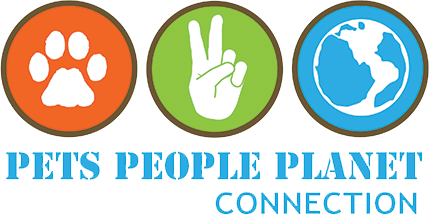
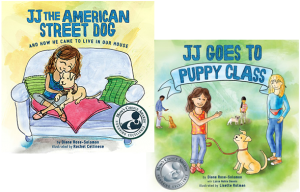
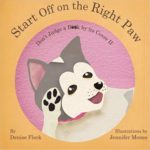
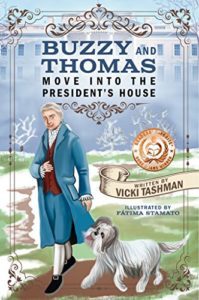

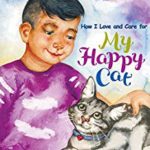
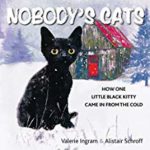
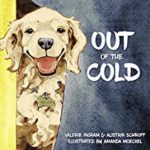
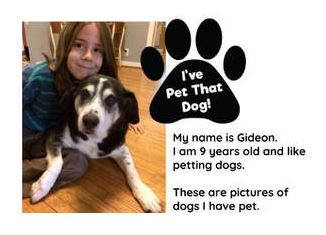 Anyone who knows me, knows that I stop to pet just about every dog I meet. Only I wasn’t smart enough to get a nice photo and story about each dog. Gideon is!
Anyone who knows me, knows that I stop to pet just about every dog I meet. Only I wasn’t smart enough to get a nice photo and story about each dog. Gideon is!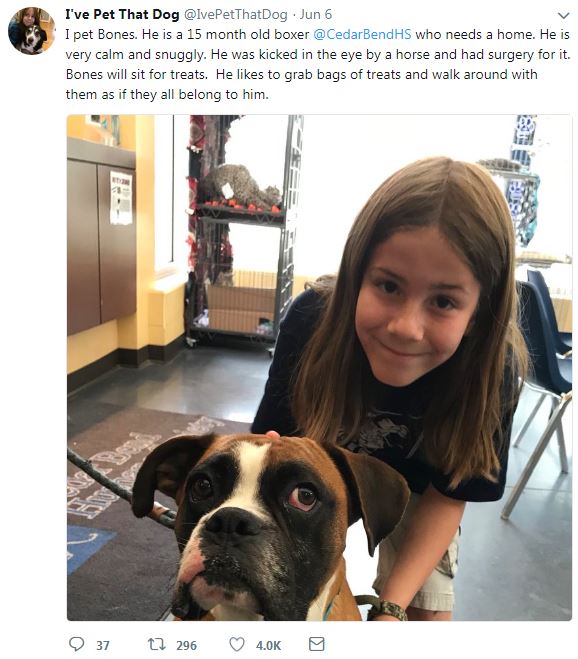
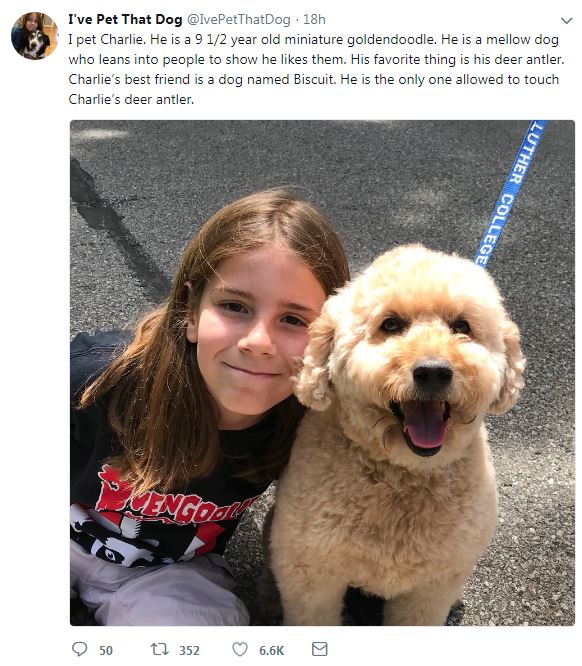
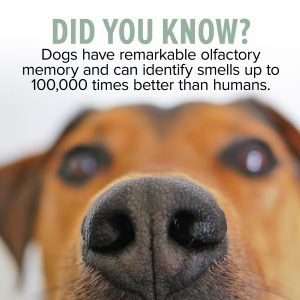 Regardless of your dog’s energy level or history, we all want our dogs to be well-adjusted and content. Enter aromatherapy to the rescue. I’ve always been curious about aromatherapy and have tried just a little bit on myself. When I met Vicki Rae Thorne of
Regardless of your dog’s energy level or history, we all want our dogs to be well-adjusted and content. Enter aromatherapy to the rescue. I’ve always been curious about aromatherapy and have tried just a little bit on myself. When I met Vicki Rae Thorne of 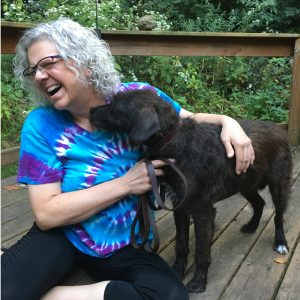 In June of 2017, we met a black wiry-haired little dog, the only dog in the shelter that day. While all the other dogs went to an adoption event, he’d been left behind to recover from some minor medical issues. He stole our hearts.
In June of 2017, we met a black wiry-haired little dog, the only dog in the shelter that day. While all the other dogs went to an adoption event, he’d been left behind to recover from some minor medical issues. He stole our hearts.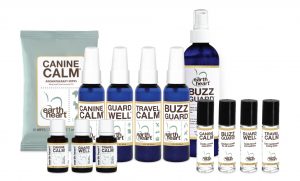 VRT: Since there is no regulatory agency that grades essential oils, “therapeutic-grade” or “medical-grade” is merely a marketing ploy. Claims of an essential oil “cure-all” are false; your dog’s age, temperament, health, rescue status, symptoms and scent preferences all contribute to which essential oils are appropriate to use.
VRT: Since there is no regulatory agency that grades essential oils, “therapeutic-grade” or “medical-grade” is merely a marketing ploy. Claims of an essential oil “cure-all” are false; your dog’s age, temperament, health, rescue status, symptoms and scent preferences all contribute to which essential oils are appropriate to use.

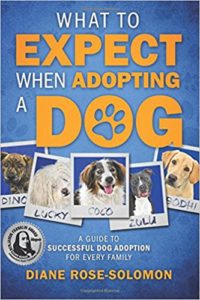
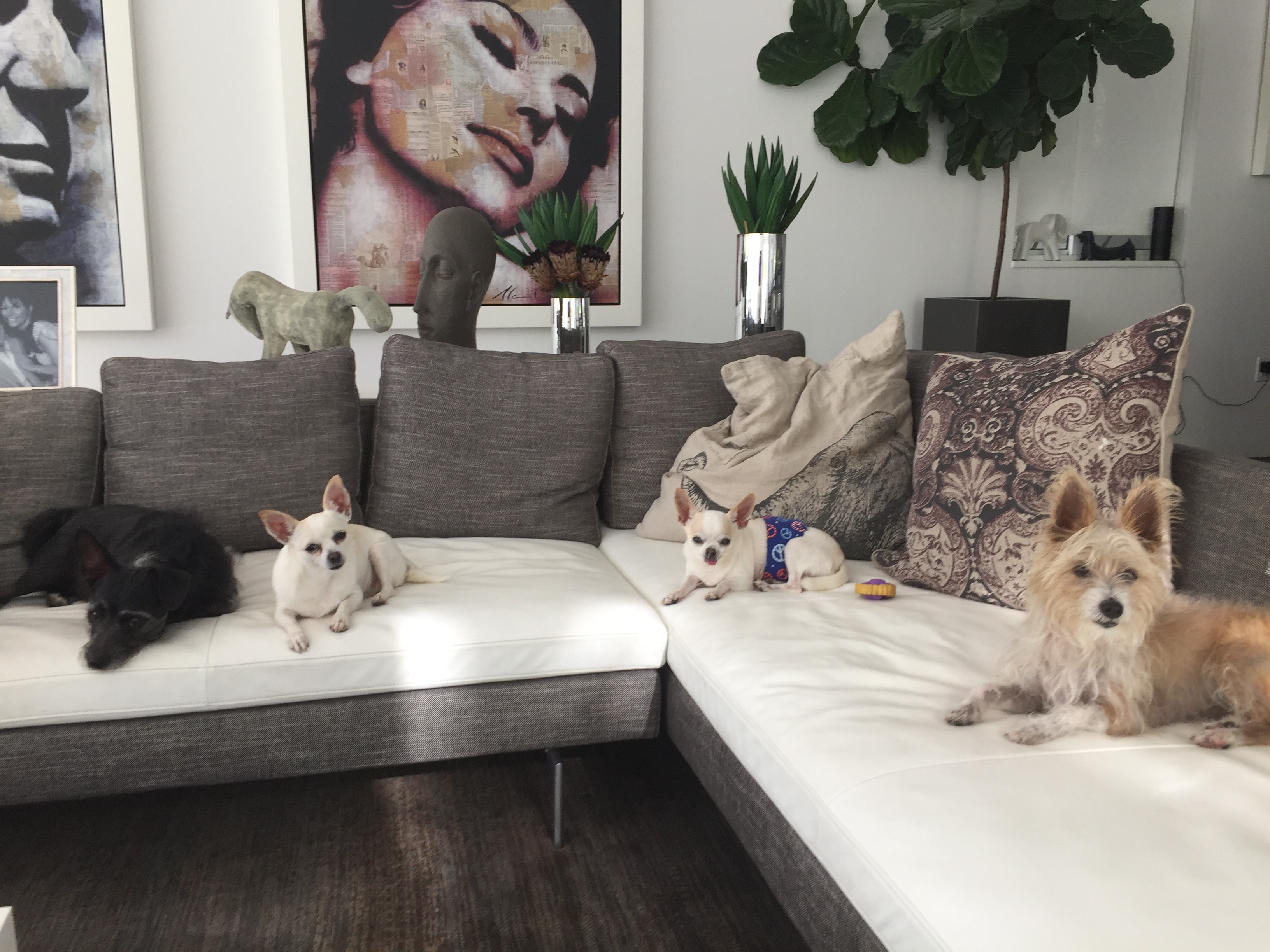
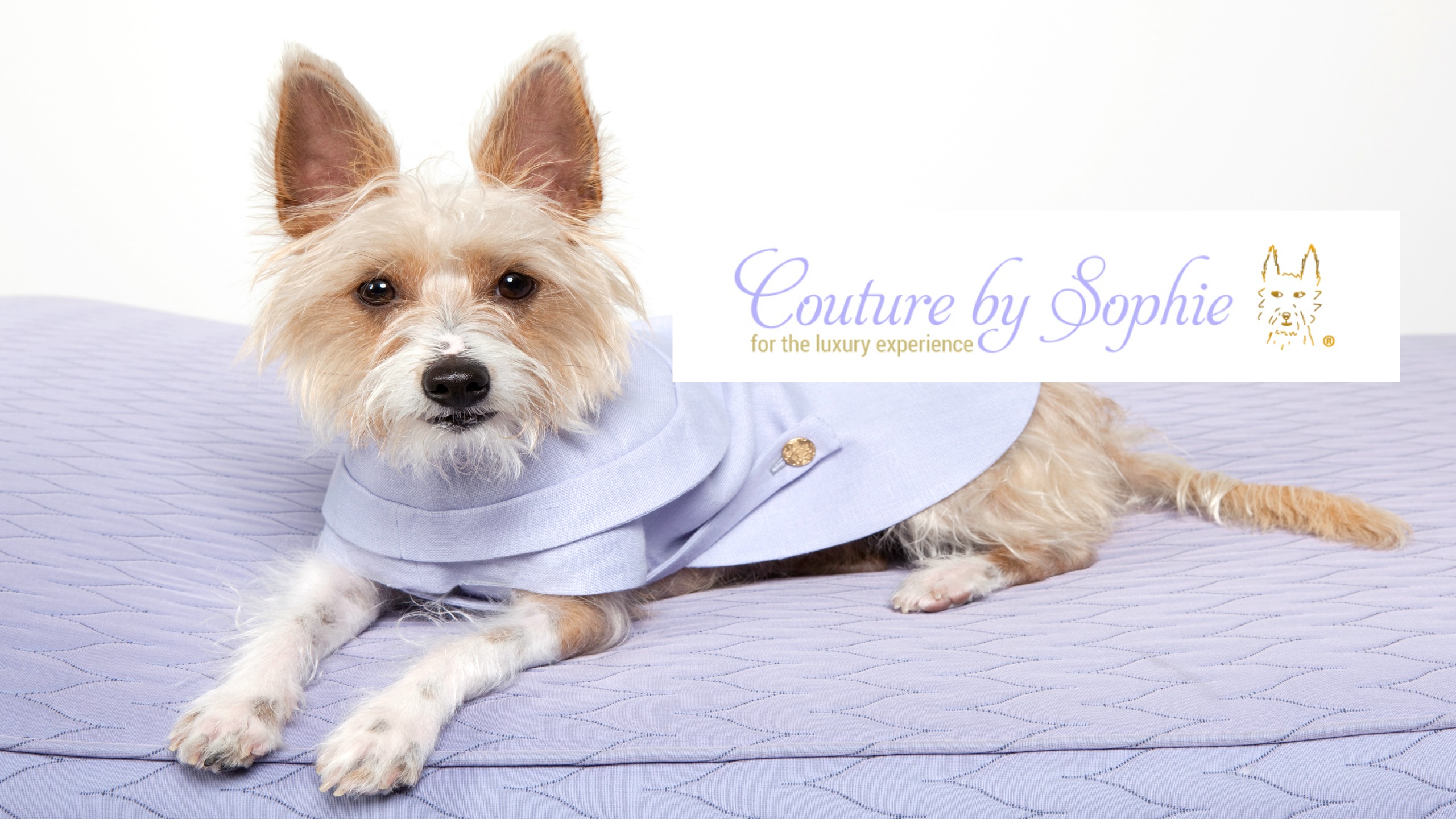
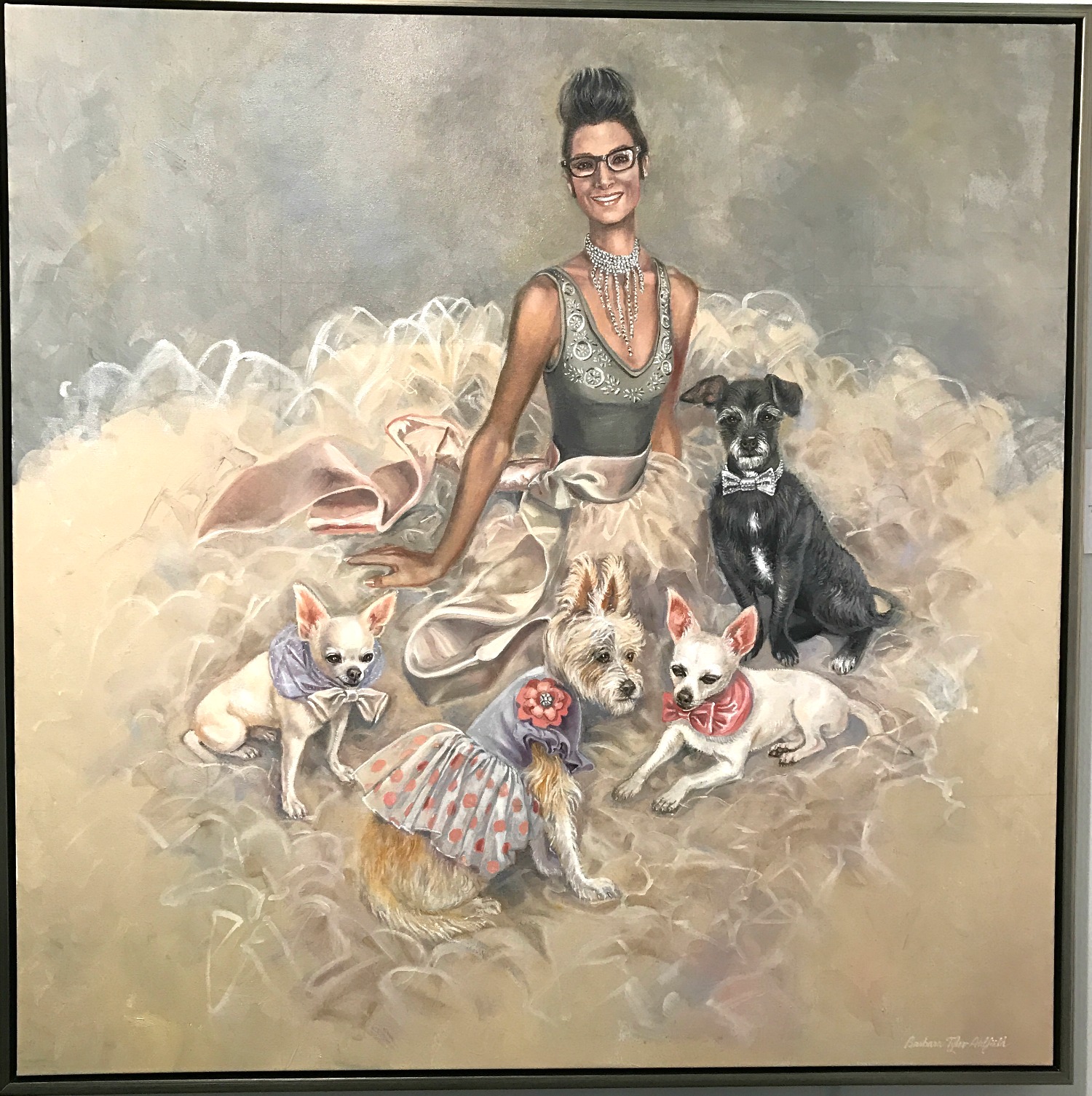
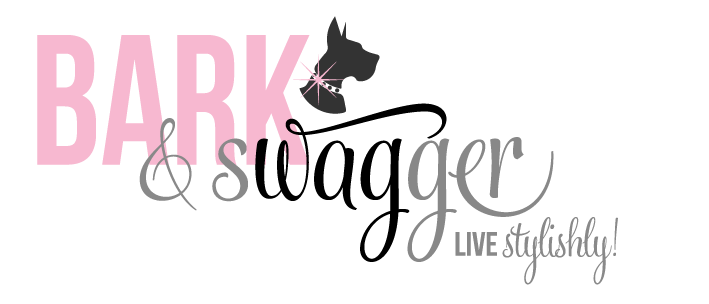
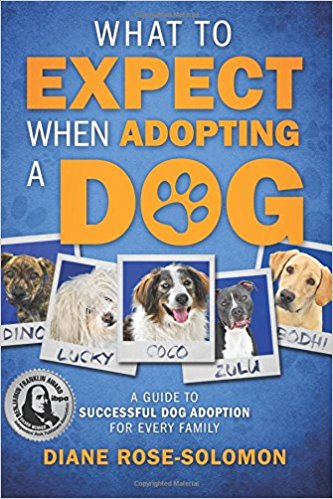
 Carole Feeny, co-founder of
Carole Feeny, co-founder of 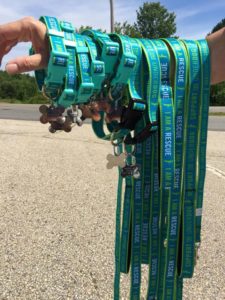
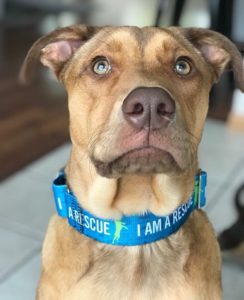 DRS:
DRS: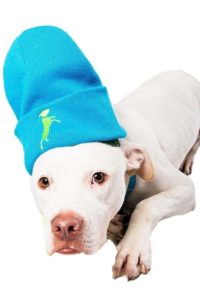 I try not to get too heavily involved in the adoption process as I find myself being judgmental when it comes to finding homes for my fosters. I dropped Spike off at an adoption event one morning. Later that day I saw his adoption picture online and I became concerned about his adopters. I was suspect as they looked young and inexperienced. Being a pittie owner is a big responsibility. Well, my gut instinct was right and he was returned seven months later, not in the best shape. After that, I became overprotective and put anyone who was interested in him under tight scrutiny. I had Spike for quite some time and was beginning to think he wasn’t going to find his perfect home. As much as I would post his cute mug, he just wouldn’t get much attention…a one-year-old, very strong pittie isn’t the easiest to get adopted.
I try not to get too heavily involved in the adoption process as I find myself being judgmental when it comes to finding homes for my fosters. I dropped Spike off at an adoption event one morning. Later that day I saw his adoption picture online and I became concerned about his adopters. I was suspect as they looked young and inexperienced. Being a pittie owner is a big responsibility. Well, my gut instinct was right and he was returned seven months later, not in the best shape. After that, I became overprotective and put anyone who was interested in him under tight scrutiny. I had Spike for quite some time and was beginning to think he wasn’t going to find his perfect home. As much as I would post his cute mug, he just wouldn’t get much attention…a one-year-old, very strong pittie isn’t the easiest to get adopted.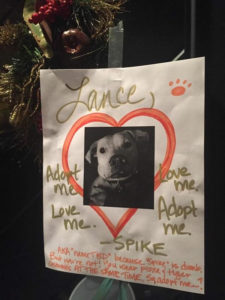
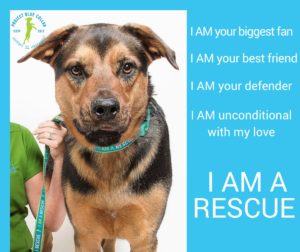
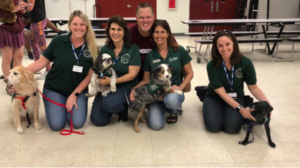
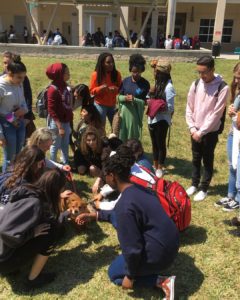
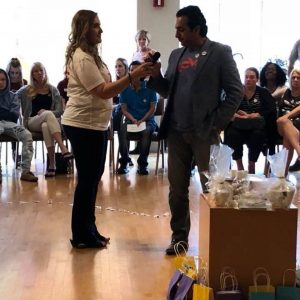

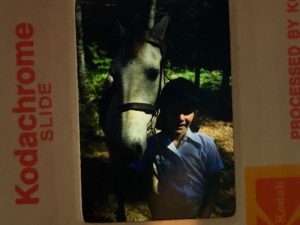
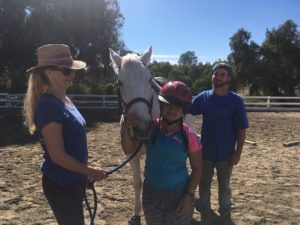
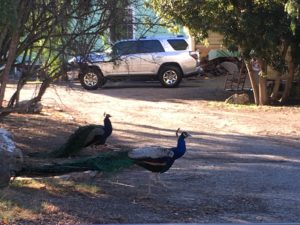
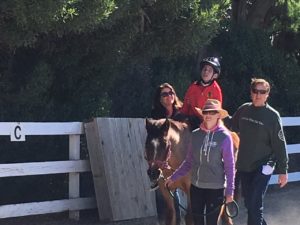
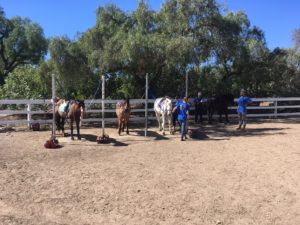
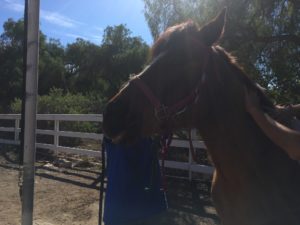
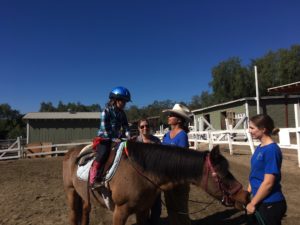
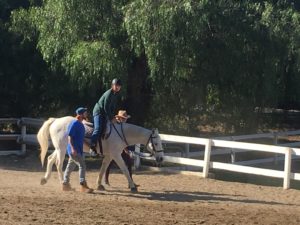
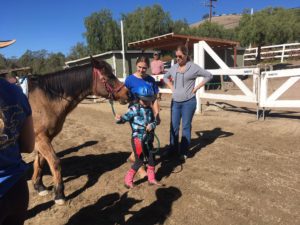
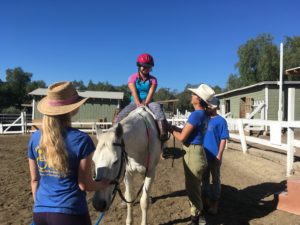
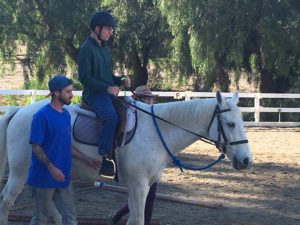
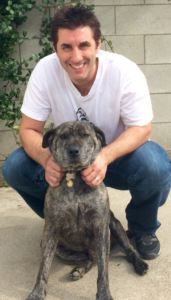
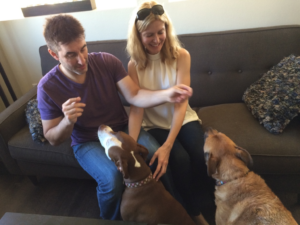
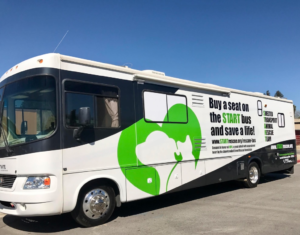
 We called ourselves Shelter Transport Animal Rescue Team (START).
We called ourselves Shelter Transport Animal Rescue Team (START).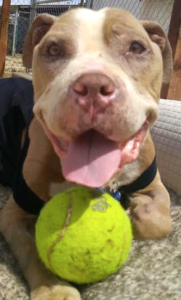
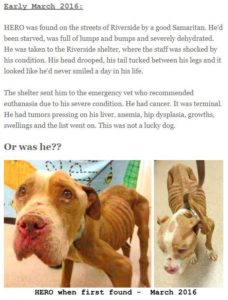

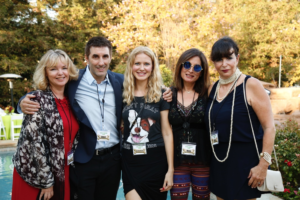
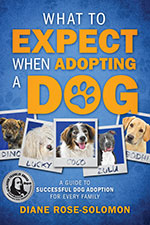
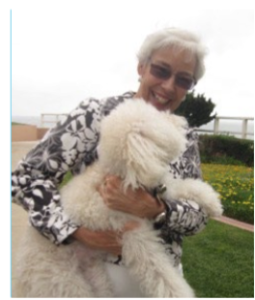 Carolyn and I met after a conference we both attended a few years ago. I learned that she teaches communication which is so important, and I love that she helps veterinarians communicate better! That seems to be a skill that would benefit every pet parent. As you’ll see, what she teaches is really transferable to any business or even personal interaction. Plus, she offers three excellent tips you can utilize in your everyday life, starting right now.
Carolyn and I met after a conference we both attended a few years ago. I learned that she teaches communication which is so important, and I love that she helps veterinarians communicate better! That seems to be a skill that would benefit every pet parent. As you’ll see, what she teaches is really transferable to any business or even personal interaction. Plus, she offers three excellent tips you can utilize in your everyday life, starting right now. So, for the last 17 years, we have focused on how enhanced communication skills can enrich the veterinary profession. During this interim, I retired from my “day job” at the university and have been able to focus on the communication training and writing. Along the way, we have learned a lot about animals, the veterinary business, and the pleasure and power of pet ownership. Through membership in VetPartners (an organization for consultants in the veterinary field), we have also learned a lot from other consultants in the field.
So, for the last 17 years, we have focused on how enhanced communication skills can enrich the veterinary profession. During this interim, I retired from my “day job” at the university and have been able to focus on the communication training and writing. Along the way, we have learned a lot about animals, the veterinary business, and the pleasure and power of pet ownership. Through membership in VetPartners (an organization for consultants in the veterinary field), we have also learned a lot from other consultants in the field.